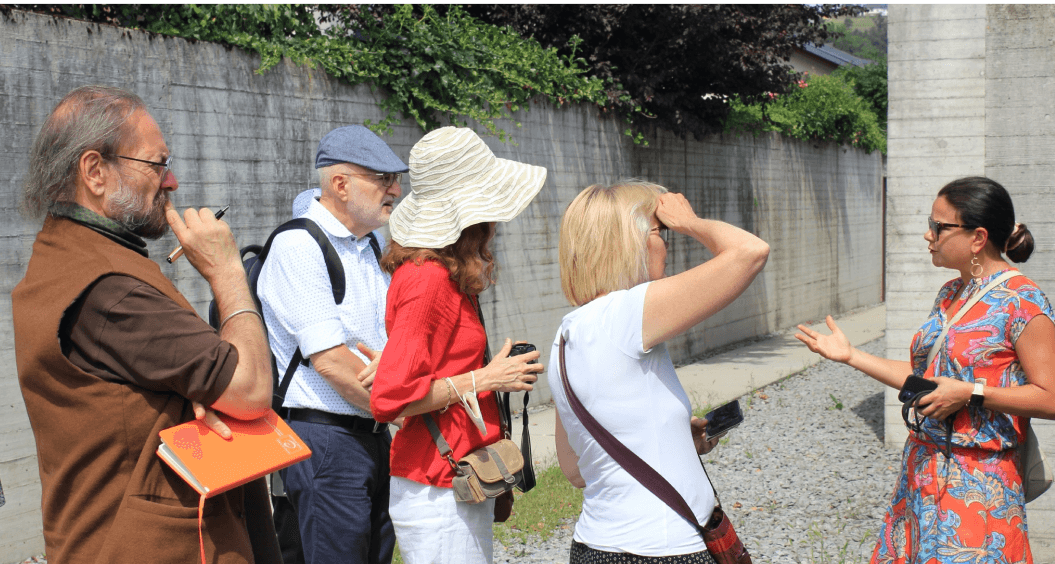
Site preservation: What role do local communities play?
“We became acutely aware of every building, every fence post, every square mile around the site. What history did they hold? Were they associated with the camp?” wondered Dr. Gilly Carr, Chair of the Safeguarding Sites project, during a recent project partner meeting at the Auschwitz-Birkenau State Museum. The visit helped the team strengthen their draft heritage Charter for Holocaust sites not only through in-depth workshops and consultations with international heritage organizations, but also by encouraging them to consider in more detail the role of local communities as guardians of global heritage.

Photo Credit: Safeguarding Sites Project Team
Locals at the heart of safeguarding
The trip included specialized visits to the main Auschwitz I and Auschwitz II-Birkenau camps as well as visits to three of the more than 40 sub-camps that made up the entire complex of Auschwitz between 1940 and 1945.
When it came time to discuss conservation efforts in and around Auschwitz-Birkenau, one site stood out: a vast building that once served as the SS canteen. The team discovered that this building, which serves as an important relic of Auschwitz history, was being restored by a member of the public with a keen interest in site preservation. As the partners toured the building and saw the efforts being made, they realized that the Charter could have a far-reaching impact, even at the grassroots level. “If this grassroots project had an internationally recognized Charter to turn to for guidance and to take to local governments when resources were needed, this restoration project and others like it could be even stronger,” observed Dr. Gilly Carr.
Putting remnants on the map
It wasn’t only the restoration of the former SS canteen that caught the project partners’ attention. During their visit to Auschwitz sub-camps Monowitz, Jawischowitz and Budy, the group became aware that many remnants of the camp were scattered throughout the surrounding neighborhood, yet to be mapped as part of the site. Scattered artifacts, lying unprotected had been similarly observed on the project visit to Gunskirchen. This reinforced the need for the Charter to address the relationship between Holocaust-related heritage and local communities, with a focus on the use of management plans to map and then seek to safeguard all aspects of a site.
A site of global heritage
Even at Auschwitz, the most visited historic Holocaust site in the world, there is a clear indication of the importance of having an internationally endorsed Charter for safeguarding sites of the Holocaust and genocide of the Roma. Meeting there allowed the project team to gain a new perspective on the potential of the Charter to serve local populations and highlighted their role as key players as guardians of their local heritage. As Project Chair, Dr. Gilly Carr, stated, “the Charter will enable local populations to be ambassadors of their heritage while having access to its recommendations of good practice.” Holocaust sites can give locals a sense of pride in preserving heritage that is not only significant to their surroundings and community, but also to the very fabric of global society.
Sign up to our newsletter to
receive the latest updates
By signing up to the IHRA newsletter, you agree to our Privacy Policy



